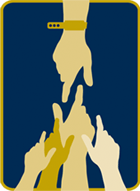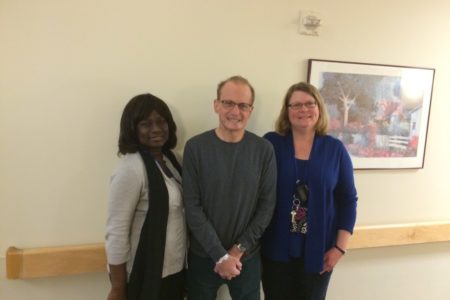In the 1960s when I was a kid, we lived just a few blocks from the National Institutes of Health.
My Dad walked to work. He was a clinical cancer researcher, and had a lab and office in Building
10, also known as the Clinical Center. Whenever I visited Dad, it was always with a high degree
of dread, not because of him but because in my father’s field of blood cancers, Building 10 was
then associated more with death than with cures. That was the immediate, grim truth. But I
later understood how NIH doctors learned from the patients who suffered so much from new
chemotherapy drugs. Some patients started to do better on chemo, in particular benefitting
from combinations of drugs. Those combinations were pioneered by NIH and eventually cured
many leukemia and Hodgkin’s Disease patients.
Back in the 60s, I couldn’t imagine myself as a patient at the NIH. Based on what I saw in
Building 10, it was about the scariest thing I could think of. But decades later – in 2004 – I
became an NIH patient and still am. And I’m thankful. I had been diagnosed in London in 1991
with a vanishingly rare disease called tumor-induced osteomalacia (softening of the bones) or
TIO. The tumor, which finally was found five years after my diagnosis, eventually transformed
into an even rarer cancer. In 2013, scans showed I had “widespread disease.” Rather suddenly,
or so it seemed, my life was threatened. But that was nearly four years ago, and I’m still here. In
fact, I’m feeling quite well and am optimistic about my prospects.
I owe my good fortune in large part to NIH and my dedicated doctors there. I know my struggle
with the disease is not over. My physicians at NIH are working on a plan for the next steps in my
treatment. It will likely involve my participation in a new NIH clinical trial of a targeted cancer
drug that already has greatly helped me and which we expect will continue to do so.
I’m grateful for what the NIH has done to help me survive my disease. And it’s gratifying to
know that what researchers are learning about my rare disease will help them in the search for
treatments for other diseases as well. The payoffs from research into rare diseases is a major
message emerging from Discovery’s superb series about NIH clinical trials, “First in Human,”
part III of which airs this Thursday night at 9 EDT. Don’t miss it.





